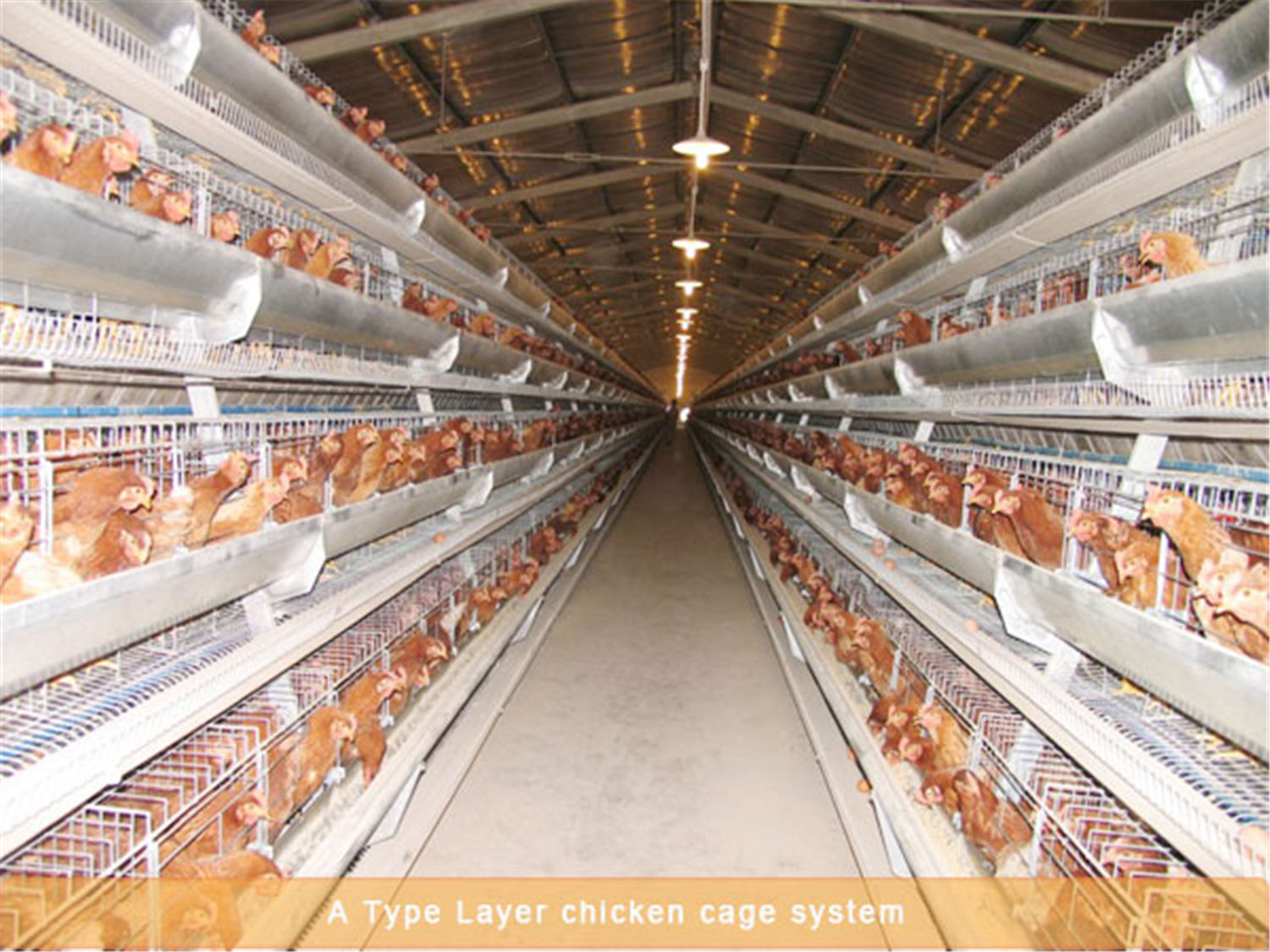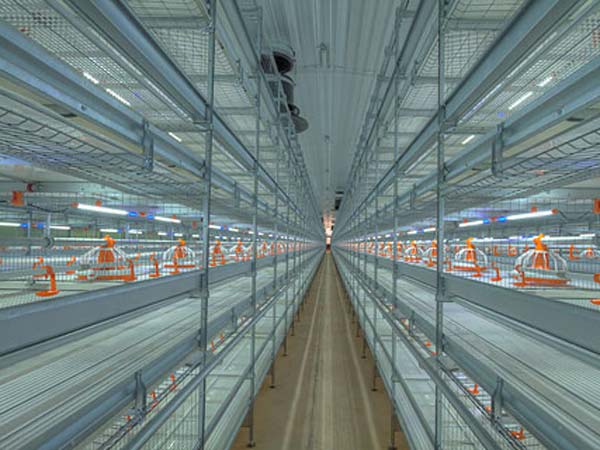The main points of management for raising laying hens in winter
- Published in Chicken house management
In winter, the temperature is low. To keep the laying hens from stopping production, it is necessary to take effective feeding and management measures on the temperature, light, and nutrition requirements of the hen house.
Increase feeding frequency. In winter, the temperature is low, and laying hens must take enough nutrients from the feed to resist the cold in order to ensure their high yield performance. Farmers can use the automatic feeding system to increase the number of feedings to encourage the laying hens to eat more.
Increase light. Light can not only increase the physique of the laying hens, but also promote the vigor and vigor of the laying hens. Therefore, artificial light should be supplemented in winter due to the shortening of time to stimulate the laying hens to produce more eggs. Electric lights are usually installed in the chicken coop to allow the hens to receive 15 hours of light. It is also possible to turn on the lights in the morning and turn off the lights in the evening to make the laying hens have a longer light time of 05 to 1 hours in winter than in summer and autumn.

Increase nutrition. In the cold winter, the energy consumption of the laying hens increases and they need to be fed from the feed. Therefore, the energy level in the feed for laying hens should be appropriately increased in winter. In addition, appropriate increase in the amount of vitamins in the feed in winter can increase egg production in laying hens.
Keep the chicken house warm. The suitable living temperature for laying hens is 18℃, and the temperature of the chicken house in winter should be kept above 10℃ as much as possible. Generally, wind barriers are set up around the chicken coop, and plastic sheets are placed on the doors and windows to block leaks in the walls.
Now with the advancement of breeding technology, farmers can buy automatic chicken breeding equipment to help chickens lay eggs even in the severe winter.



